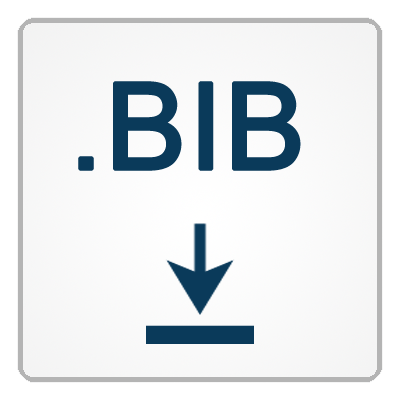Modular Synthesis of Dis uencies for Conversational Speech Systems
Authors: Simon Betz, Petra Wagner, David Schlangen
Abstract:
It has been shown that dialogue systems benefit from incremental architectures to produce fast responses and to interact with the interlocutor in a more human-like way. The advantage of quick responses yields the disadvantage of running out of things to say for a while. In such occasions, humans tend to produce disfluencies as a listener-oriented strategy to signal the ongoing production process and to buy time for finalizing the turn. Introducing disfluency capabilities into a speech synthesis module of a dialogue system may therefore be a straightforward strategy towards conversational speech systems. Disfluencies are a very complex matter, they can take various chaining and nested forms in human communication. We do not attempt to equip our system with the full range of possible disfluent time-buying strategies found in human interaction. For a first perceptual evaluation of the most suitable synthetic disfluency strategy to be integrated into the dialogue system, we focus on three structural factors that are able to cover a wide range of attested disfluency patterns: lengthening, word cutoffs and pauses. This leads to several different configurations a disfluent sentence can take. Sentences from a spontaneous speech corpus were resynthesized in all possible configurations using Mary TTS. In order to identify euphone configurations, these stimuli were then presented to test subjects in a perception test.


